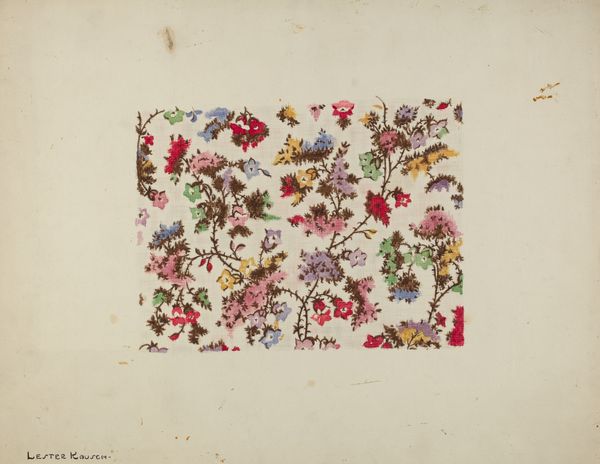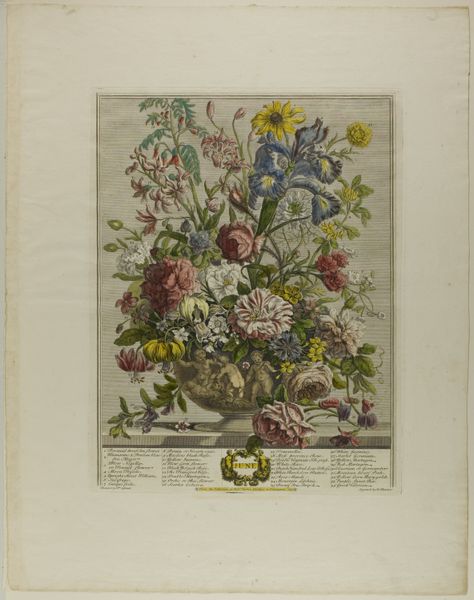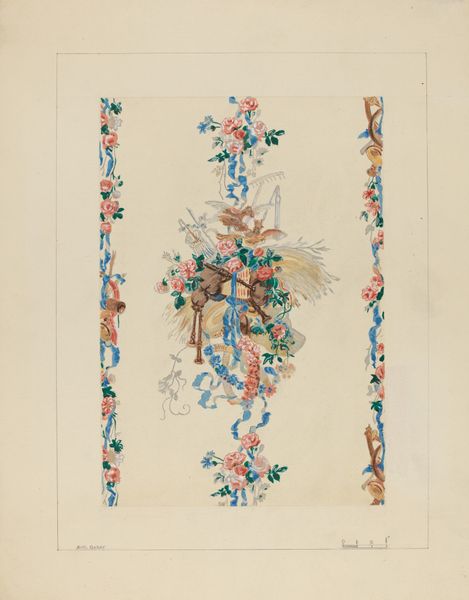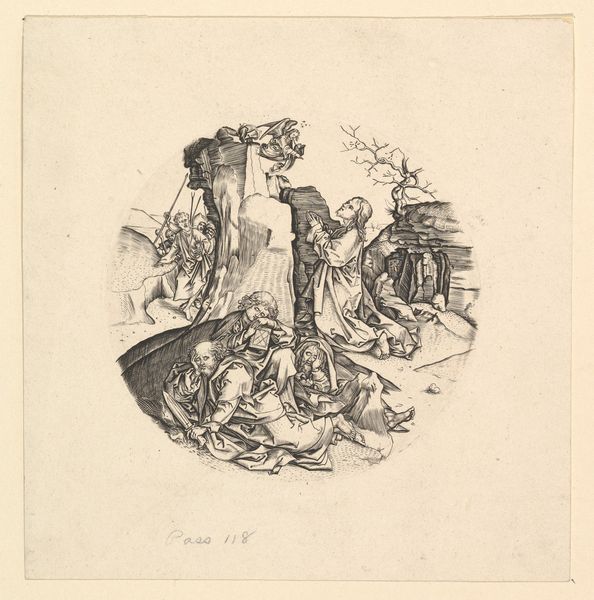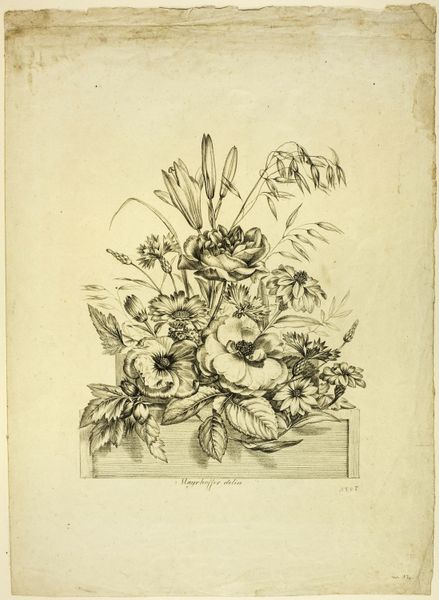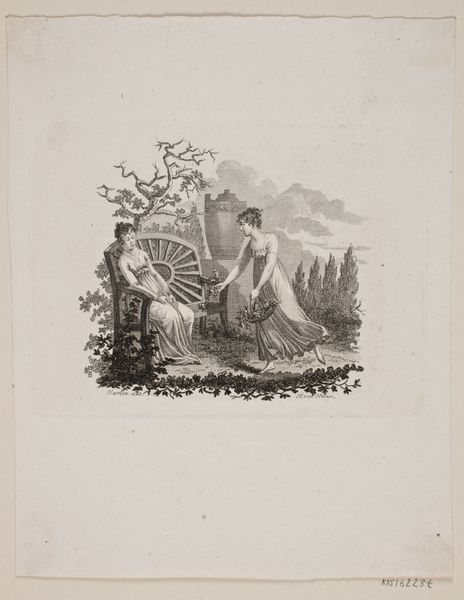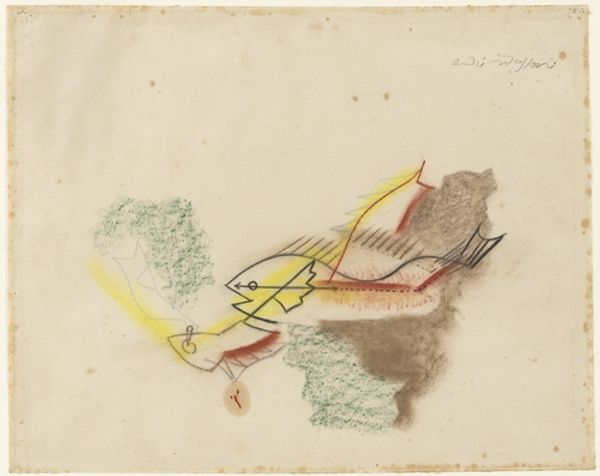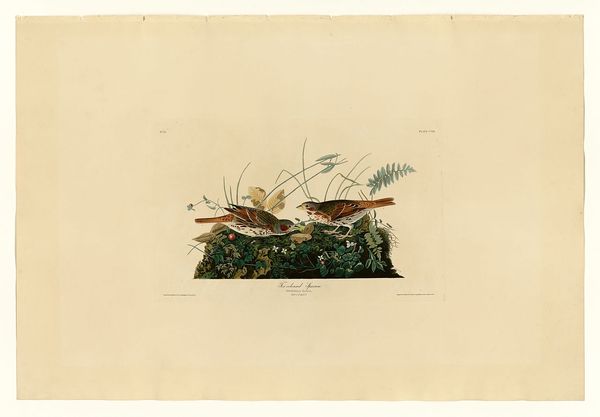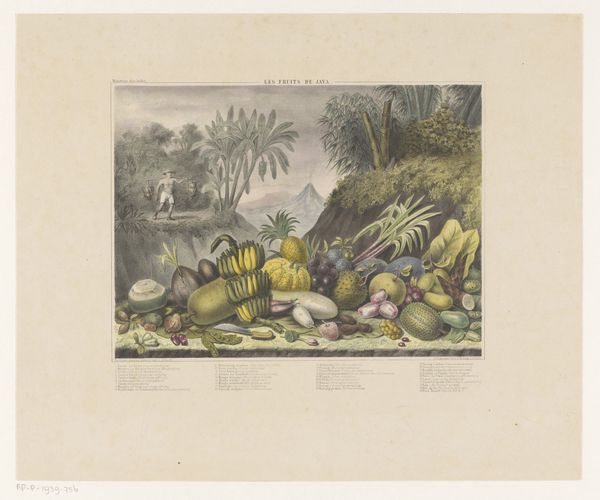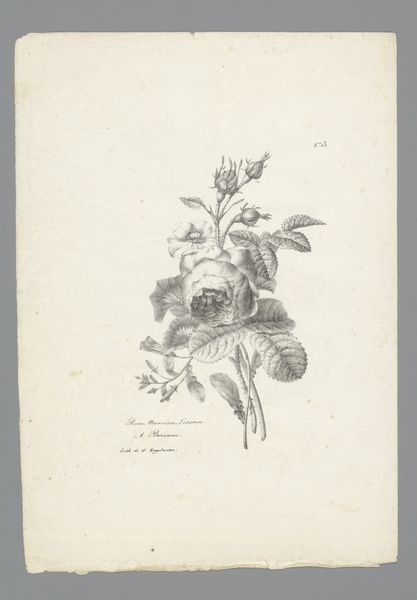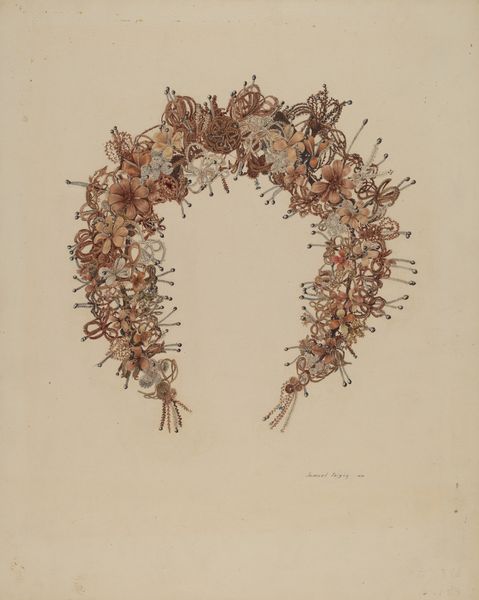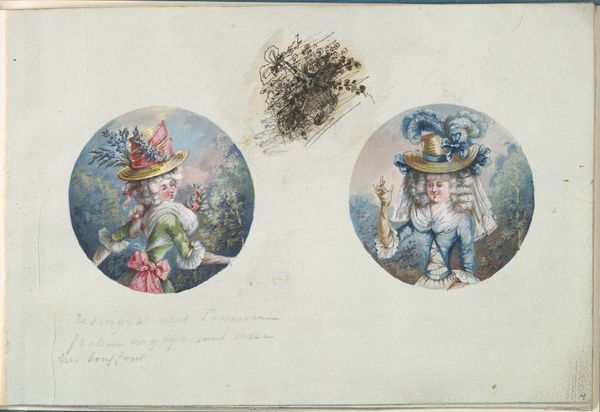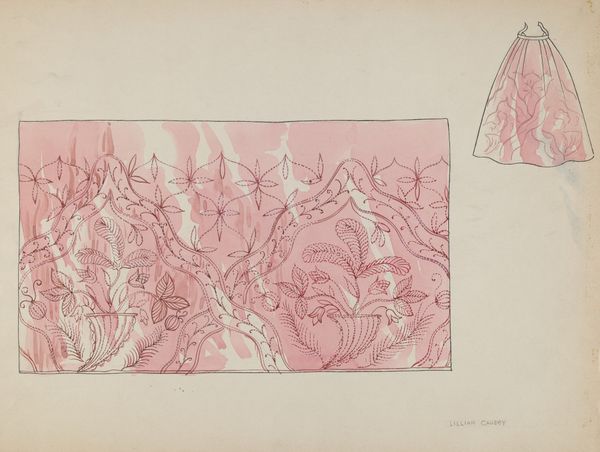
painting, watercolor
#
folk-art
#
painting
#
figuration
#
watercolor
#
coloured pencil
#
folk-art
#
decorative-art
Dimensions: overall: 32.5 x 38.7 cm (12 13/16 x 15 1/4 in.) Original IAD Object: Exact
Copyright: National Gallery of Art: CC0 1.0
Editor: Here we have "Patchwork Quilt (Section)" made between 1935 and 1942 by Florence Truelson. It appears to be a rendering of a textile, probably watercolor and colored pencil on paper. The image has a rather wistful quality; it's almost as if the artist is commemorating a treasured fragment. What draws your eye in this piece? Curator: As a materialist, I'm immediately interested in how Truelson has elevated a fragment of a quilt, a humble domestic object usually relegated to the realm of craft, into fine art through the mediums of watercolor and colored pencil. I’m drawn to the tension between the implied labor involved in creating the actual quilt versus the act of representing it. How does the artistic intervention alter our understanding of the original craft? Editor: That's a fascinating point. It does seem to blur the lines between art and craft, especially with the subject being something traditionally associated with domestic labor. So, by painting the textile, is she commenting on the value, or lack thereof, placed on that type of work? Curator: Precisely. Consider the context. This work was created during the Depression era. Quilting often represented necessity and resourcefulness, a means of survival. Truelson’s act of depicting it transforms a practical object born of hardship into something worthy of aesthetic contemplation. Are we then reflecting on resourcefulness, upcycling, and how to measure value, and of what? Editor: That really changes my perspective. I initially saw it as a nostalgic snapshot, but understanding the historical and economic context adds so much more depth. It's a representation but, more importantly, also points at themes about labor and value that one can learn from its means of production. Curator: Exactly. And isn't that what makes studying art so rewarding? We begin with the object but ultimately uncover so much more. Editor: Absolutely! I will never look at a quilt the same way again.
Comments
No comments
Be the first to comment and join the conversation on the ultimate creative platform.
